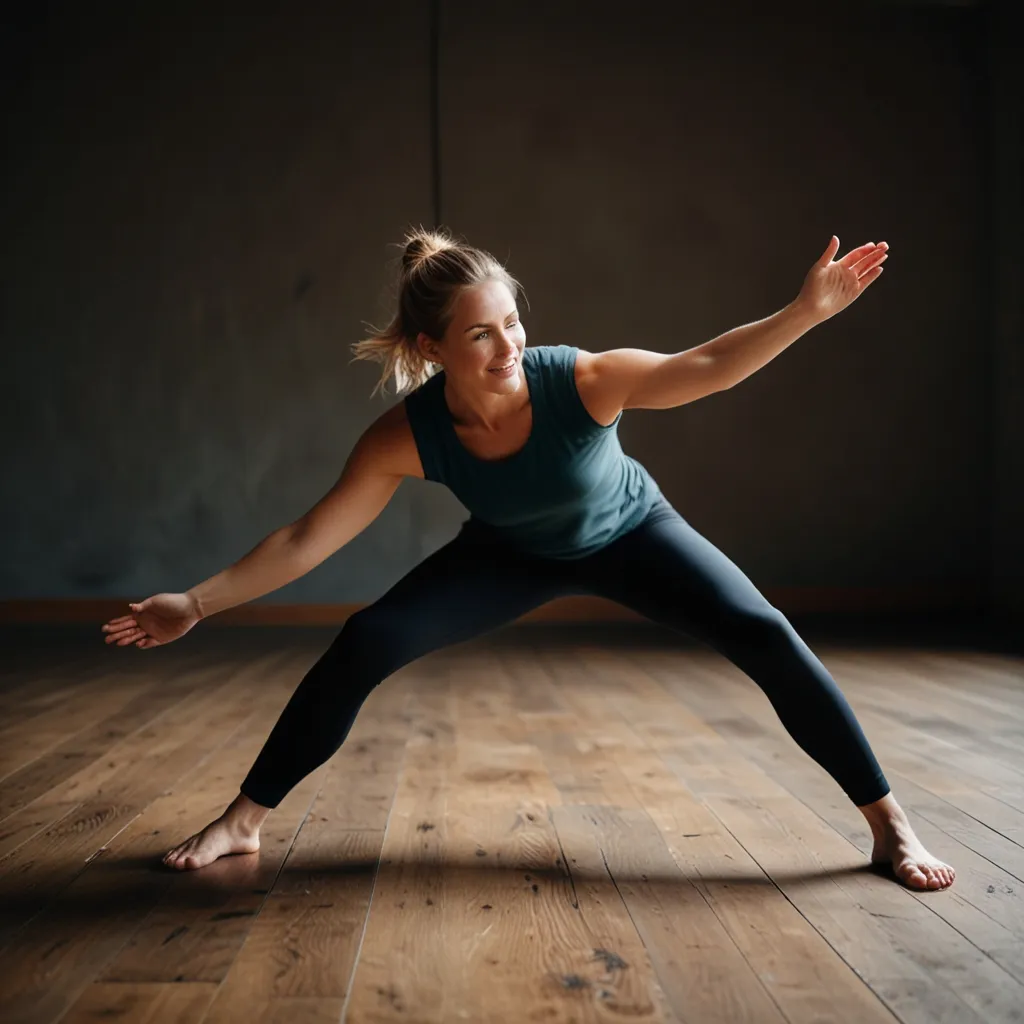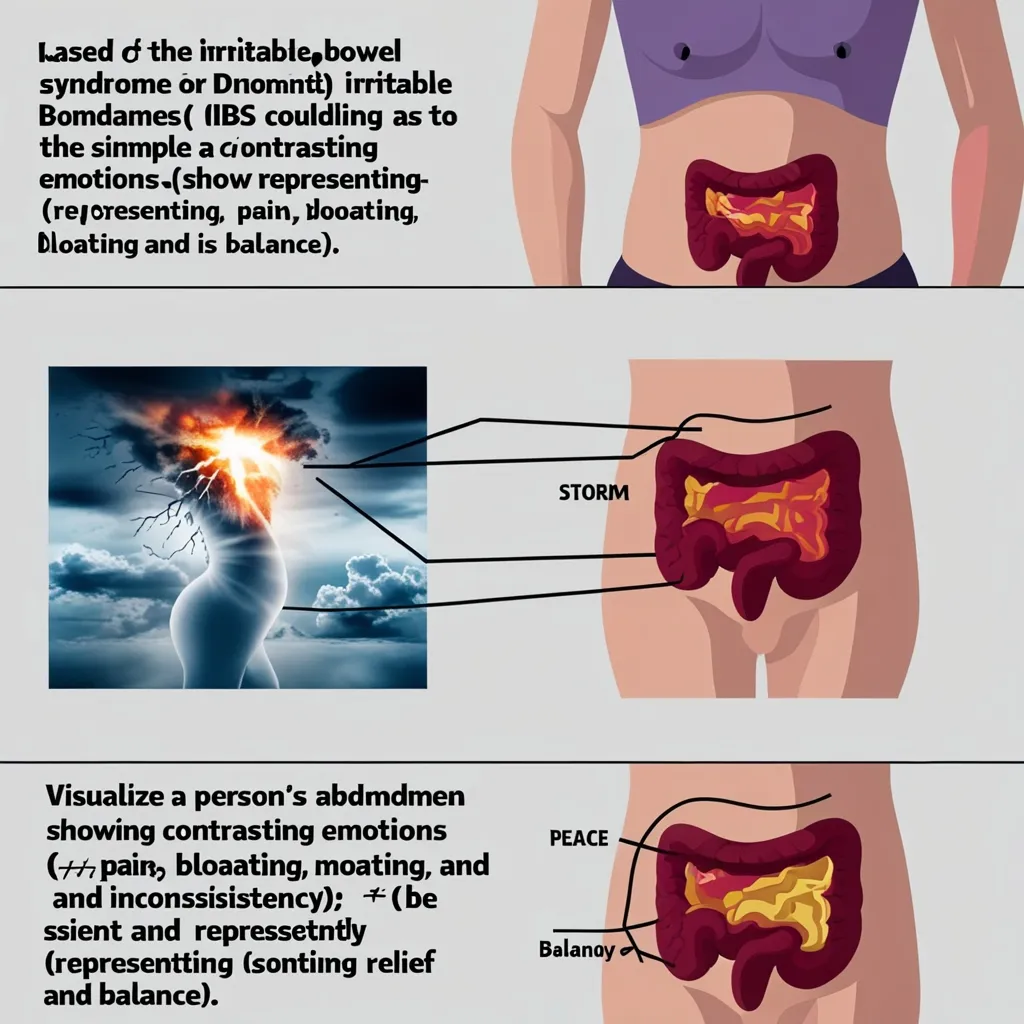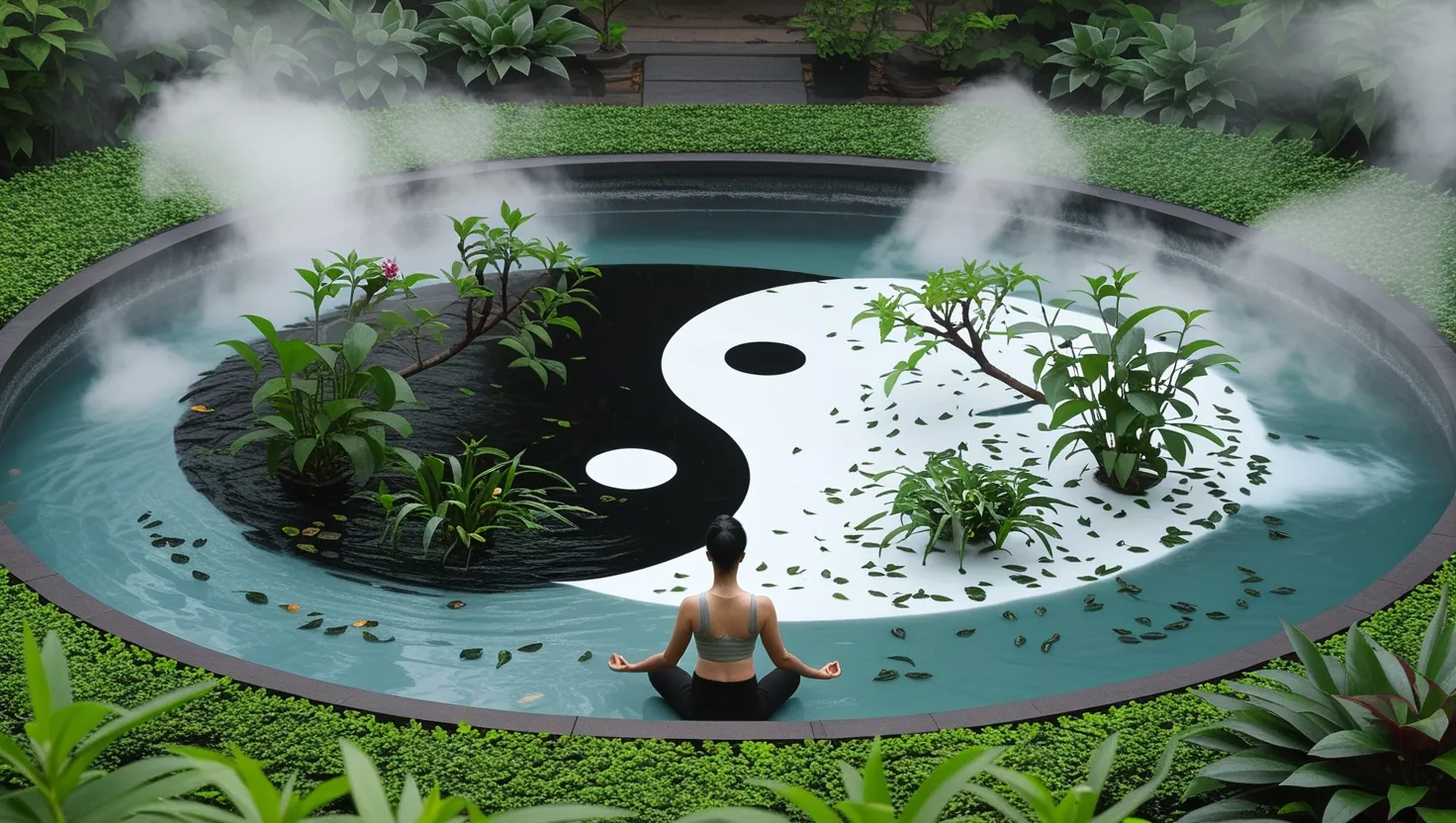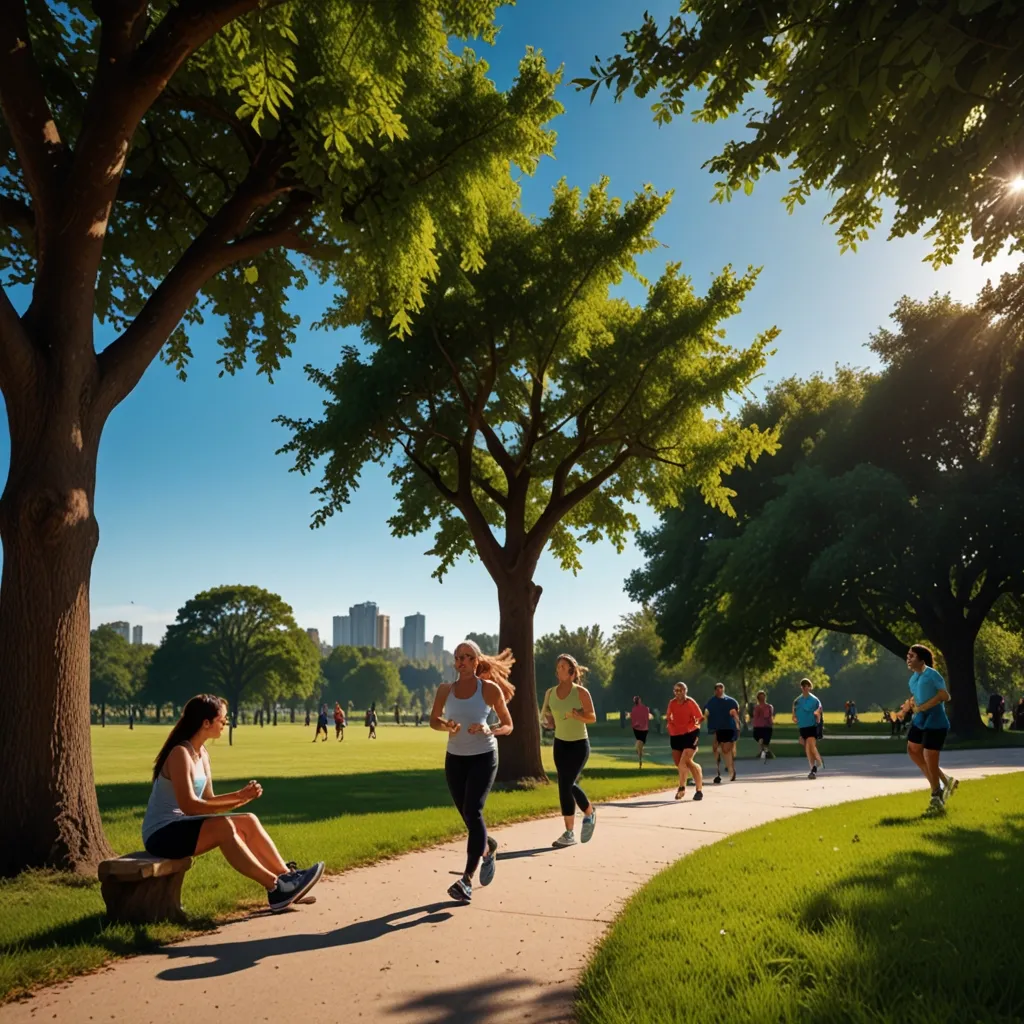Looking to boost flexibility? Whether gearing up for a stellar athletic performance or just wanting to move a bit easier, the path to greater flexibility mixes consistent stretching, good technique, and knowing how long to stretch and which methods to use.
Flexibility isn’t just about stretching far; it’s about keeping that range of motion. Regular stretching is key. Even a few daily minutes can make a big difference. Stretching for ten minutes to an hour can be effective, depending on personal goals and current flexibility.
Duration and frequency are vital. While longer stretches seem like they should help more, that’s not always the case. Stretching for an hour versus 30 minutes won’t necessarily double the benefits. It turns out, shorter, regular stretches can be just as good, or even better.
Also, stretch gently and regularly instead of going all-out occasionally. Gentle stretching lengthens muscles over time and eases tension without injury. Remember to focus on the right technique to avoid overstretching or straining muscles.
Dynamic stretching, like leg swings, arm circles, and hip rotations, can be super effective. It increases flexibility and also gets your muscles ready for action, making it a perfect warm-up for athletes.
Timing matters too. Stretch after workouts when muscles are warm to get a better stretch and avoid injury. Warm muscles are more flexible and stretch more easily.
Consistency trumps everything. Stretch a bit every day instead of trying to fit it all into long sessions once or twice a week. This way, muscles gradually adapt, and it’s safer.
Factors like age, gender, and fitness level matter too. Younger people typically find it easier to increase flexibility, and more active folks might have an edge over those less active.
Mix up your stretches. Target different muscle groups on different days. One day, focus on your hamstrings and calves; another day, work on your shoulders and chest for overall flexibility.
Patience is crucial. Improving flexibility takes time. Don’t push too hard; overstretching can lead to injuries. Aim for steady progress and celebrate small wins.
Ultimately, boosting flexibility demands regular effort, proper technique, and patience. By understanding how duration, intensity, and timing influence stretches, you can build a routine that fits your goals. Whether you’re an athlete or just want to move more freely, the rewards of increased flexibility are definitely worth the effort.






